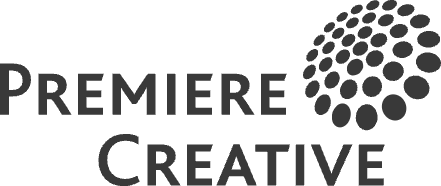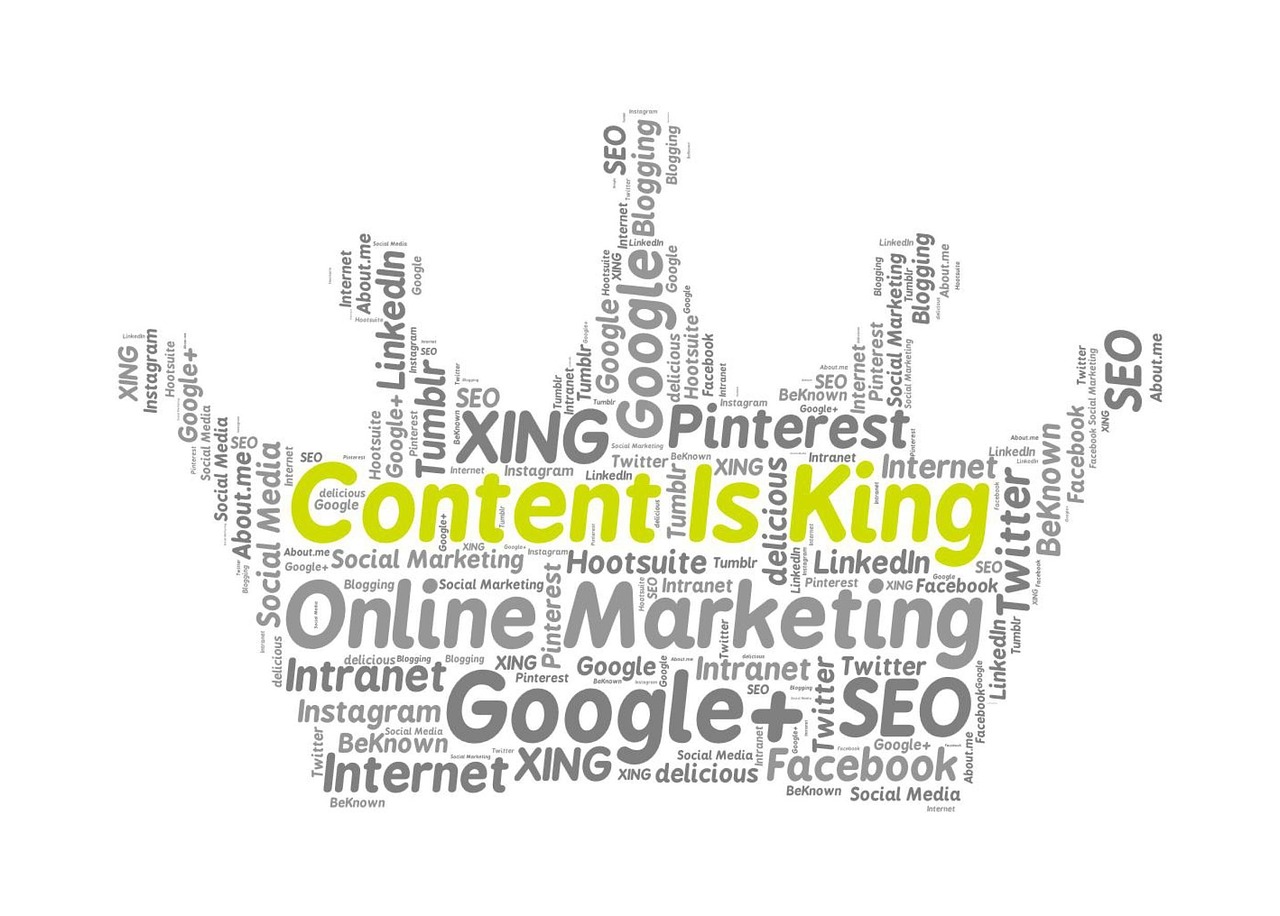Ask any SEO expert, and they’ll tell you that tracking the right metrics can make or break your content marketing strategy. The year 2024 is no exception to this rule. Metrics like organic traffic, backlinks, and keyword rankings will remain critical, but this year calls for a more comprehensive approach. A 2024 study by HubSpot indicates that marketers who regularly measure content performance are 3 times more likely to report a positive ROI.
From customer engagement and website performance to social strategy and sales conversions, the nuances of each metric and the insights they offer provide you with a roadmap to trek through the rapidly shifting digital landscape. With this knowledge at your fingertips, you are set to harness the power of content marketing metrics and drive your marketing strategies to new heights in 2024 and beyond.
Analyzing Engagement Metrics for Effective Content Creation
In 2024, the focus will pivot heavily towards customer engagement metrics. Click-through rates (CTR), time spent on page, and social shares are expected to reign supreme. A recent study by the Content Marketing Institute revealed that 70% of marketers plan to prioritize customer engagement metrics in their 2024 strategies.
The Power of Click-Through Rates
Click-Through Rates (CTR) are an invaluable tool for gauging the effectiveness of your headlines and meta descriptions. A high CTR signals compelling content that resonates with your audience. According to a recent report by WordStream, companies that consistently optimize their content for CTR are likely to see a 45% increase in traffic.
Time Spent on Page
Time spent on page is another critical engagement metric. It provides insights into the depth of engagement your content is generating. Content Marketing Institute’s 2024 forecast indicates that a 20% increase in average time spent on a page often translates into a 30% uptick in conversions.
Social Shares
Social shares, often overlooked, are a telling metric of your content’s virality. They are a testament to your content’s appeal and its ability to engage. According to Buffer, content that garners a significant number of social shares typically generates 3 times more backlinks, boosting your SEO performance.
Interactions Per Visit
Interactions per visit, such as comments, likes, or shares, give a more nuanced view of your audience’s active engagement. A study by HubSpot found that brands that track interactions per visit have an edge in tailoring their content strategy to stimulate user engagement.
Measuring Traffic Metrics for Enhanced Website Performance
With the dawn of Content Marketing Metrics 2024, evaluating traffic metrics has become integral to enhancing website performance and ensuring a successful content marketing strategy. This section offers an in-depth analysis of the key traffic metrics to monitor to improve website performance and drive business growth.
Organic Traffic
Organic traffic, users who find your site through a search engine, is a solid indicator of your SEO efforts. A steady rise in organic traffic suggests effective SEO strategies and quality content. According to Moz, businesses that track organic traffic are 60% more likely to improve their overall website performance.
Referral Traffic
Referral traffic, visitors that land on your site via external links, is a testament to your networking and relationship-building efforts. A recent study by Ahrefs revealed that websites with high referral traffic often experience a 40% increase in their conversion rates.
Direct Traffic
Direct traffic, visitors who enter your site’s URL directly into their browser, indicates strong brand recognition and loyalty. SEMrush’s 2024 report suggests that a high direct traffic ratio often correlates with a strong market presence and brand credibility.
Paid Traffic
Paid traffic, visitors who arrive via paid ads, helps measure the success of your advertising campaigns. According to Google AdWords, businesses that analyze their paid traffic metrics regularly see a 20% boost in their ROI.
Evaluating Social Media Metrics for Successful Social Strategy
In the context of Content Marketing Metrics 2024, the significance of social media metrics is at an all-time high. This section will elaborate on how analyzing these metrics can lead to a successful social media strategy, enhancing your brand’s online presence and audience engagement.
Followers Count
While a high followers count may seem impressive, the quality of these followers is what truly matters. Businesses should focus on attracting followers who engage with their content and contribute to their community. A recent survey by Sprout Social shows that businesses focusing on quality followers report a 33% higher engagement rate.
Engagement Rate
Engagement rate, which includes likes, shares, comments, and retweets, is a vital metric to track. It provides insights into the relevance and resonance of your content. According to a 2024 report by Hootsuite, brands that consistently monitor their engagement rate are 60% more likely to create successful social media campaigns.
Share of Voice
Share of voice measures your brand’s visibility compared to your competitors. It’s an essential metric in evaluating your brand’s influence and recognition. A Nielsen study indicates that companies tracking their share of voice on social media can improve their market share by up to 20%.
Conversion Rate
Conversion rate, the percentage of users who take the desired action, is crucial in assessing the effectiveness of your social media strategy. As per a 2024 study by Social Media Examiner, businesses that analyze their social media conversion rates often achieve a 35% increase in their sales revenue.
Measuring Email Marketing Metrics for Increased Customer Retention
In the realm of Content Marketing Metrics 2024, email marketing metrics play a pivotal role in customer retention. This section explores the importance of these metrics in enhancing customer loyalty, boosting engagement, and ultimately, driving revenue growth.
Open Rates
The open rate is an initial indicator of your audience’s interest level. It measures the percentage of recipients who open your emails. According to a 2024 report by Campaign Monitor, businesses that consistently track and optimize for open rates see a 20% increase in customer engagement.
Email Click-Through Rate
Click-through rate (CTR) measures the percentage of email recipients who click on a link within your email. A high CTR indicates that your email content resonates with your audience. A study by Mailchimp revealed that companies focusing on improving their email CTR experienced a 15% increase in sales conversions.
Email Bounce Rate
Bounce rate, the percentage of emails that could not be delivered, is a critical metric to monitor. A high bounce rate indicates potential issues with your email list or deliverability. An Experian study found that businesses that monitor bounce rates and maintain high deliverability can improve customer retention by up to 25%.
Unsubscribe Rate
Unsubscribe rate, the percentage of email recipients who opt-out of your emails, is a key indicator of customer satisfaction. A low unsubscribe rate indicates content relevance and customer interest.
Tracking Sales Metrics for Improved Conversion Rates
Conversion metrics, such as conversion rates, multi-touch attribution, and sales revenue, will be paramount in 2024. Businesses are beginning to recognize that high traffic volumes are meaningless without conversions. Tracking these sales metrics can significantly improve your conversion rates, leading to increased revenue and business growth.
Lead Conversion Rate
Lead conversion rate, the percentage of leads that become customers, is an essential metric in assessing your sales efforts. According to HubSpot’s 2024 report, companies that actively track and optimize their lead conversion rate see a 50% increase in sales.
Customer Acquisition Cost
Customer Acquisition Cost (CAC), the total cost of acquiring a new customer, helps measure the profitability of your marketing campaigns. A study by Forrester reveals that businesses that keep a close eye on their CAC can reduce their marketing expenses by up to 20%.
Sales Growth
Sales growth, the percentage increase in sales over a specific period, is the ultimate performance indicator. A 2024 report by Gartner indicates that companies focusing on their sales growth metrics are 60% more likely to exceed their sales targets.
Customer Lifetime Value
Customer Lifetime Value (CLV), the total revenue a business can reasonably expect from a single customer account, helps businesses focus on long-term customer satisfaction and revenue growth. According to a Harvard Business Review study, companies that increase their CLV can boost their profits by up to 95%.
Final Thoughts on Content Marketing Performance Metrics to Track
From measuring crucial content marketing metrics and analyzing engagement metrics to tracking traffic, social media, email marketing, and sales metrics, each plays a unique role in shaping your content marketing success. However, the key to success lies not just in tracking these metrics, but in understanding and interpreting them correctly. It’s about finding the story behind the numbers – why certain content resonates with your audience, what drives engagement, or what leads to conversions. It’s about using these insights to create more impactful, relevant, and engaging content that not only attracts but also retains customers.
With the increasing use of AI and machine learning in marketing, businesses will have access to even more detailed and precise data. This will enable them to further refine their strategies, offering personalized, targeted content that drives engagement and conversions. Ultimately, understanding and leveraging content marketing performance metrics is not a one-time task but an ongoing process. It’s about continuously learning, experimenting, and adapting to the changing digital landscape.
Stay ahead of the latest digital marketing trends by subscribing to Premiere Creative’s blog. Do you have a new digital project you need help with? Connect with the Premiere Creative team by dialing (973) 346-8100 today.

